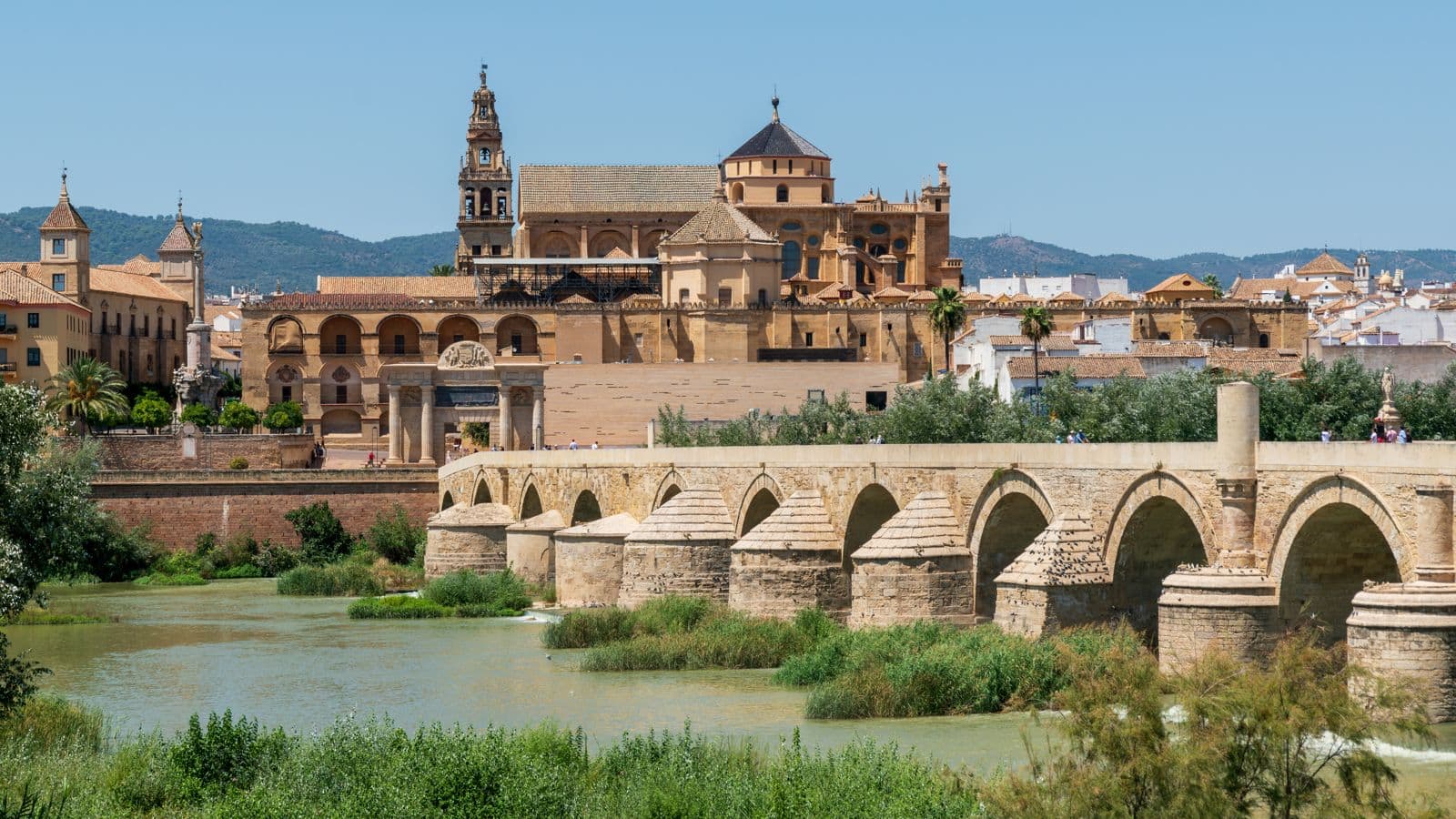
Marvel at Cordoba's architectural splendors
What's the story
Cordoba, a city in southern Spain, is a treasure trove of historical architecture.
Once the capital of the Islamic Emirate and a significant Roman city, it's now famous for its blend of Moorish, Renaissance, and Roman influences.
Visitors can explore ancient mosques converted into churches, stroll through narrow medieval streets, and marvel at the city's modern bridges spanning the Guadalquivir River.
Mezquita
Walk through history at the Mezquita
The Mezquita in Cordoba, originally an eighth-century mosque, later became a cathedral.
Its unique design merges Islamic and Christian styles.
Inside, a forest of columns with double arches awaits, alongside the detailed mihrab.
The Renaissance nave, added post-Reconquista, highlights the site's layered history.
Visitors are immersed in a space where centuries of religious and cultural narratives converge.
Alcázar
Discover the Alcazar de los Reyes Cristianos
The Alcazar de los Reyes Cristianos stands as a monument to Christian monarchs after Islamic rule.
This fortress-palace is adorned with lush gardens, tranquil ponds, and fountains, reflecting its military might.
Visitors gain insight into Spain's history through its Gothic halls, Moorish courtyards, and Roman mosaics discovered during digs.
It's a historical journey through the epochs that shaped this nation.
Roman bridge
Stroll across the Roman bridge
Linking Cordoba's old town with the Torre de la Calahorra across the Guadalquivir River is the iconic Roman Bridge.
Originally built in the first century B.C. and reconstructed over time, this bridge offers panoramic views of Cordoba's skyline dominated by The Mezquita's bell tower.
Walking across this ancient structure at sunset provides a picturesque experience that connects visitors directly to Spain's Roman heritage.
Patios
Explore the patios of Cordoba
Cordoba is renowned for its vibrant patios - private courtyards filled with flowers arranged in colorful pots against whitewashed walls.
Every May during the Festival de los Patios Cordobeses, residents open their patios to visitors showcasing traditional Andalusian architecture blended with living art made from plants.
Exploring these hidden gems offers an intimate glimpse into local life while enjoying bursts of floral beauty.